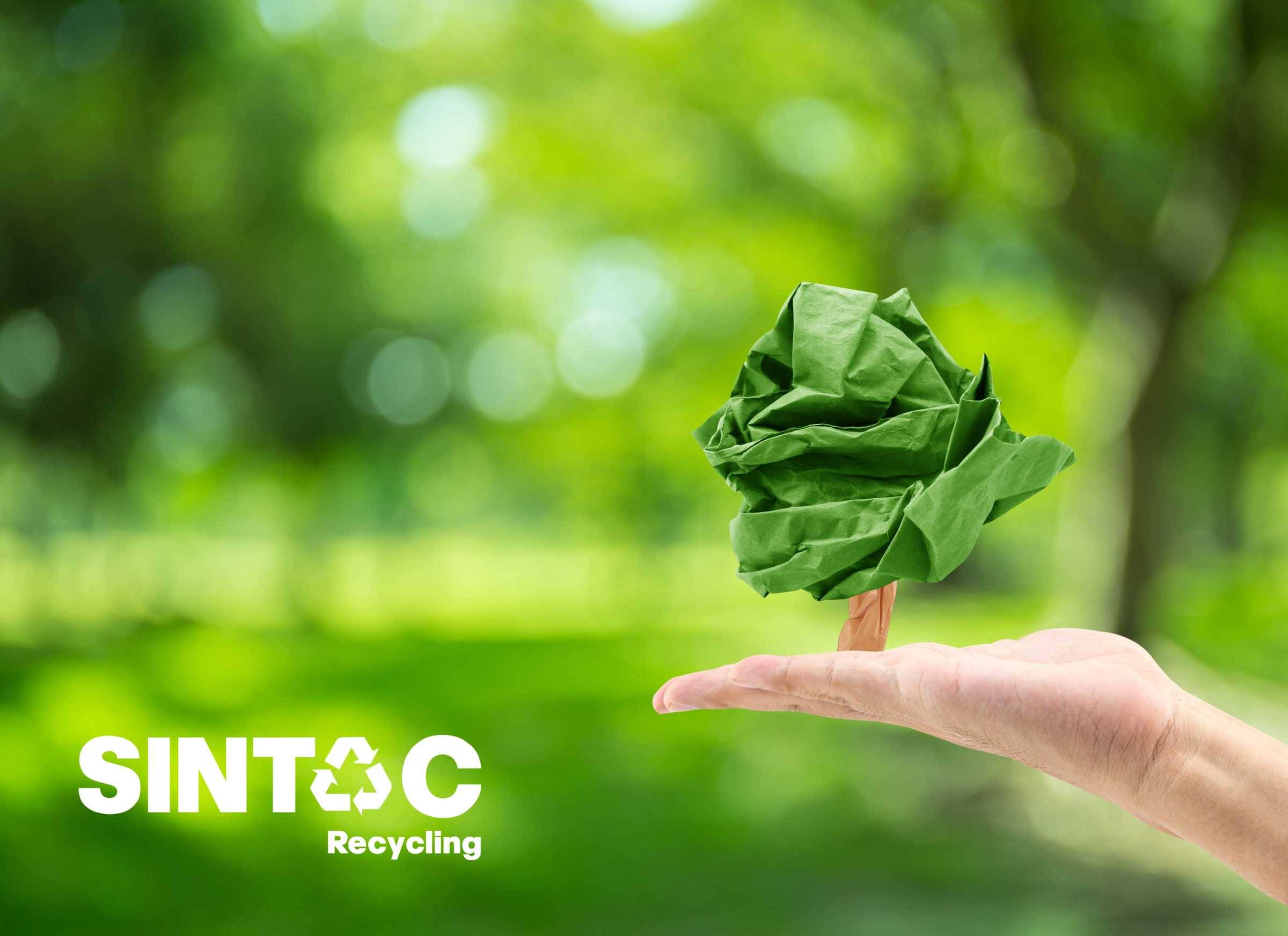Greenwashing: what is it?
Greenwashing occurs when a company claims to be environmentally friendly for marketing purposes, but in reality is not or not at all sustainable. A company can practice greenwashing even if its intentions are laudable. The result of greenwashing is that most consumers distrust companies’ claims about their environmental responsibility practices.
What is greenwashing?
The concept of greenwashing is defined by Oxford Dictionaries as “misinformation disseminated by an organization to present an environmentally friendly public image“. The concept of greenwashing is defined by the Oxford Dictionary as “disinformation disseminated by an organization to present an environmentally friendly public image”. The term was coined in the 1980s by Jay Wsterveld, although this type of practice originated in the 1960s, with the anti-nuclear movement in which many companies were forced to advertise their activity as clean and safe to try to stay afloat. Nowadays, as a consequence of the rise of corporate social responsibility in the business world and the commitment to the development of sustainable models, greenwashing is not a widespread practice. Although there are indeed companies that continue to resort to this kind of actions to create a “green” illusion in their consumers about sustainability and care for the environment, due to the accessibility and ease offered by the media, and the need to rectify possible damage to the image of their brands due to a past conflict.
Most of the population is trying to adopt a more sustainable attitude, which translates into the search for environmentally friendly brands and companies. So how can you check that companies live up to their green claims? Greenwashing – labelling something as eco-friendly, green or sustainable when it is not – misleads consumers into thinking that by choosing these products they are helping the planet. Fifty-seven percent of cases correspond to the most common type of greenwashing. It occurs when a company makes a positive environmental claim about a product but fails to mention more relevant negative factors. The negative outweighs the positive promoted, leaving the consumer with a misleading view of the environmental impact. More than a few companies claim that the paper content is recycled, but omit the negative effects of paper production, such as air and water pollution. About 26% of greenwashing cases occur when a company makes environmental claims that cannot be easily verified with data or through a third party. Some academics question the effectiveness of some carbon offset programs and call for stricter regulation. Of the greenwashing cases, 11% occur when companies make environmental claims that are too vague or too generalized for consumers to understand. In 4% of the greenwashing cases examined, companies make claims that are a priori valid, but in reality, are meaningless. For example, some advertisements claim that a product does not contain chlorofluorocarbons (CFCs), a chemical that destroys the ozone layer. Since CFCs have been banned for years, this claim is no longer relevant. About 1% of greenwashing cases are irrelevant claims of dubious ecological significance. For example, green pesticides are often marketed as better for the environment than traditional products. However, critics claim that it is generally better for consumers to reduce their use of the advertised product than to buy an environmentally friendly version. Finally, some make false claims about a product or falsely cite eco-certifications. This represents less than 1% of greenwashing cases.

Greenwashing is often the result of ignorance. While sustainability continues to be an increasingly important topic of conversation in business, so too is the pressure to comply. This means that companies are increasingly willing to showcase their sustainable credentials, even if they lack the environmental expertise to put them into practice. Avoiding greenwashing in business requires transparency, especially with regard to the environmental benefits of products and services. This requires taking concrete and real steps to operate in a responsible manner, setting tangible targets, monitoring progress and producing verifiable reports.
Examples of greenwashing
1. Unsustainable plastic packaging: Windez, a household cleaning product manufactured by the SC Johnson brand, claimed that its bottles were made from “100% ocean-collected plastic”. However, the material used to make the bottles was never in the ocean. It was extracted from plastic banks in Indonesia, the Philippines and Haiti, a type of plastic known as ocean plastic, but which does not come from the ocean.
2. Paper straws: McDonald’s phased out its plastic straws in all UK restaurants, claiming it was part of a major campaign to be “greener”. However, the chain was criticized because the thickness of its new paper straws makes them difficult to recycle and, instead, they are mostly deposited in general waste.
European regularions
On Wednesday, February 14, 2024, the Internal Market and Environment Committees took a position on rules that will allow companies’ climate protection claims to be validated. The Green Claims Directive reinforces the ban on greenwashing already adopted by the European Union. It defines the type of information that companies will have to provide to substantiate their environmental claims in the future. It also establishes a framework and deadlines for verifying evidence and authorizing claims. The text, approved by the European Parliament, establishes that companies will have to submit all their environmental claims for approval before using them. According to the document, these claims will be evaluated by accredited verifiers within 30 days. Companies that violate the provisions of the regulation will be penalized by exclusion from public contracts, loss of income and fines of at least 4% of annual turnover. MEPs also urged the European Commission to draw up a list of less complex claims and products that could benefit from simpler and/or faster verifications.
Offsetting and comparative claims
MEPs have ratified the recent EU ban on environmental claims based solely on so-called carbon offsetting schemes. They specify that companies will still be able to mention offsetting schemes if they have already reduced their emissions as much as possible and only use them for residual emissions. Carbon credits from these programs will have to be certified, as established by the Carbon Offset Certification Framework. Furthermore, special rules will apply to comparative claims, even if the products are produced by the same manufacturer. Among other provisions, it will be necessary to demonstrate that the companies have used the same methods to compare the relevant aspects of the products. In addition, product improvement claims may not be based on data more than five years old. Maltese Cyrus Engerer of the Environment Committee stated that “it is time to put an end to greenwashing. Our agreement on this text puts an end to the proliferation of false green claims that have misled consumers for too long. It also ensures that companies have the right tools to adopt genuine sustainability practices. European consumers want to make environmental and sustainable choices and all those offering products or services must ensure that their environmental claims are scientifically verified.” For his part, Estonian MEP Andrus Ansip of the Internal Market Committee said, “Studies show that 50% of companies’ environmental claims are misleading. Consumers and entrepreneurs deserve transparency, legal clarity and a level playing field. Traders are willing to pay for it, but not more than they earn from it. I am pleased that the solution proposed by the committees is balanced, provides more clarity for consumers and, at the same time, is in many cases less burdensome for businesses than the solution initially proposed by the Commission.”
SINTAC against Greenwashing
Since its creation, SINTAC has been promoting transparency in all areas of business and has corporate social responsibility as its banner. We market materials whose sustainability is undeniable and that truly benefit the environment. We aspire to create a positive impact on society and invite all actors in the value chain to join the change and commit to a sustainable model.













